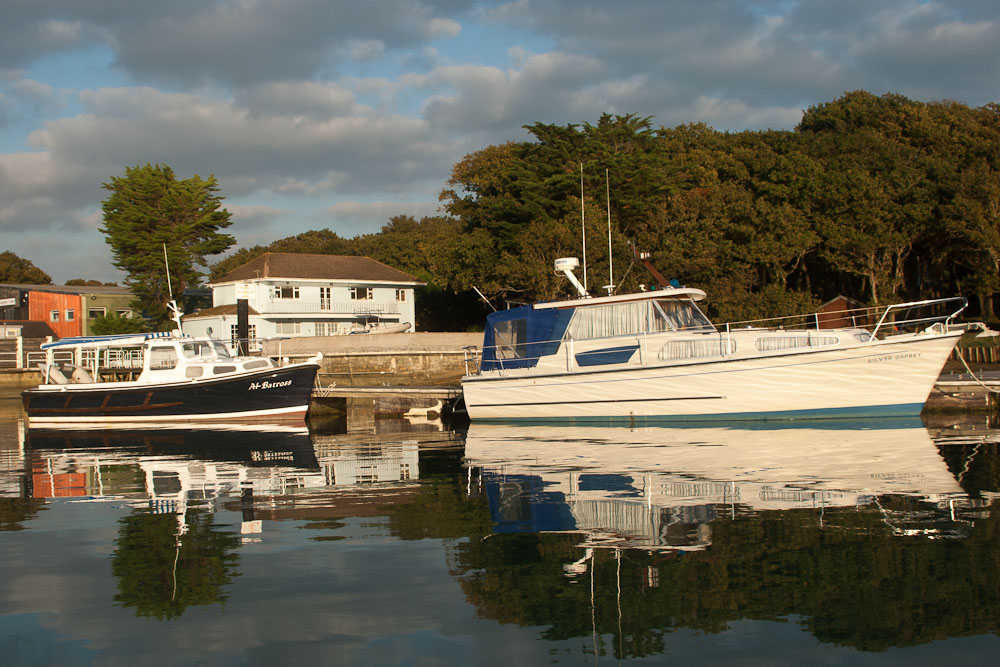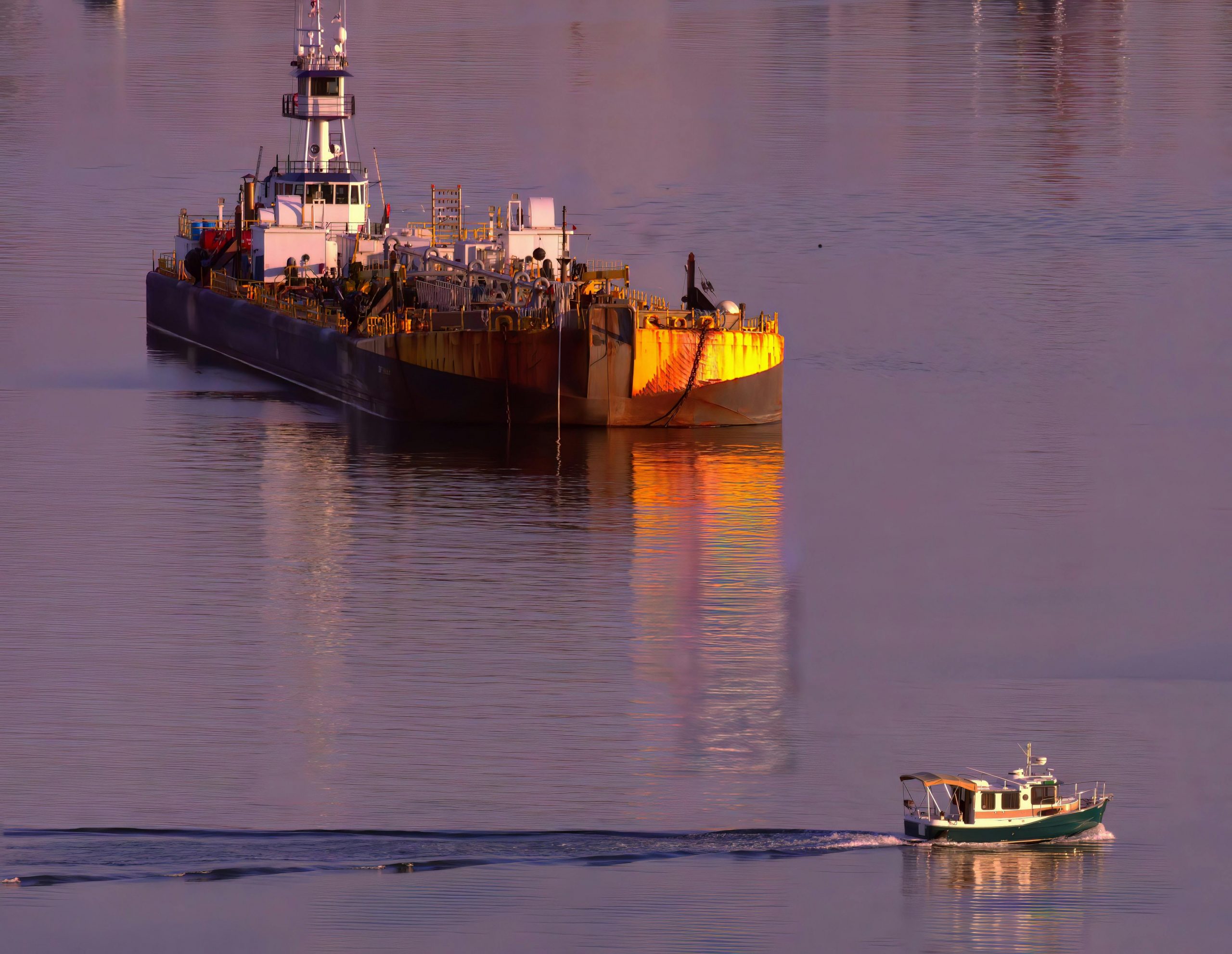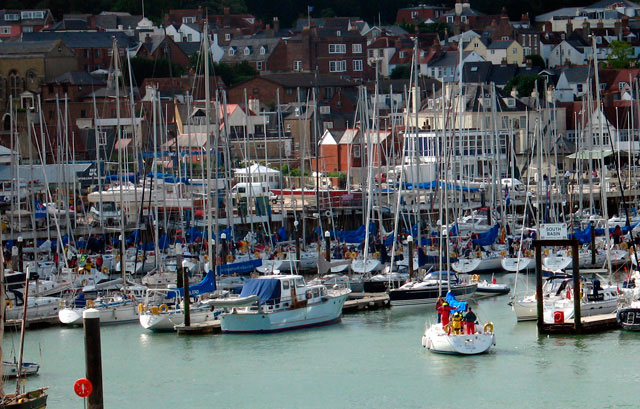Too often I read of RNLI rescues at sea where casualties are given advice about going to sea without proper means of communication. It now seems the norm that people venture to the outdoors with little more than a phone as a means of help if things go awry.
The advent of smartphones has instilled people with a false sense of safety, a feeling that they can go anywhere and yet remain within calling distance of assistance when things go wrong. Sadly, all too often this misguided notion of safety has proven fatal in recent months in the mountains of the UK where walkers have become lost or disoriented only to find that their smartphone battery has run out, the casualties then not having a phone to call for help nor a compass to guide them by as they were using a compass app on their phone.
It makes complete sense therefore for any person who wishes to venture to sea that they’re kitted out appropriately with the proper equipment to make routine, urgent and distress calls.
The VHF radio is an essential piece of equipment for any mariner and they’re not only significantly cheaper to replace than a smartphone, but far more useful for the environment at sea. A person using a phone is only speaking to one person, who, if ashore then would have to contact the Emergency Services to alert the Coastguard, who then have to find out the location of the individuals prior to launching a rescue. If a casualty uses a VHF radio, and has been trained how to use one, they can make contact with the Coastguard on Channel 16 stating the nature of their distress, their location and other information to assist the rescue. Any other person at sea who has a VHF radio that is switched on and listening to Channel 16, may be in the vicinity, and may be able to assist in a rescue. This could be the difference between life and death.
VHF radios are cheap to buy. There are different types of VHF, some entry level, others more advanced. For the entry level there can be little to beat ICOM's IC M25 Euro. This great little radio is buoyant with a water activated red flashing light so it can be seen if it falls in the water, slim and easy to use, waterproof to 1 metre, and charges with a USB. A great VHF to have on board. There are so many VHF radios to choose from so many different manufacturers it’s a matter of taste ultimately, but you can't go wrong with an ICOM, Raymarine, or Garmin to name a few. A handheld VHF with Digital Selective Calling (DSC) is more expensive but has the additional DSC facility whereby with a press of a button a Distress Alert can be sent. The ICOM 93D is an enviable product and is a must buy for any seafarer who regularly goes to sea.
Whilst I would consider taking a VHF radio as an absolute minimum for going to sea, there’s an enormous amount of communication equipment to assist you when offshore.
A new and innovative product is the SPOT Gen3 Satellite GPS Messenger. It’s a life- saving line of communication when you travel beyond the boundaries of mobile phone coverage. SPOT lets family and friends know you're OK or if the worst should happen, sends emergency responders your GPS location, and all with the push of a button. The Enhanced Tracking Service includes continuous, custom and motion activated tracking, SOS, Check-in,HELP (non-life threatening) and Custom Message. This is a great product for all off-grid travelling in addition to going to sea.
AIS (Automatic Identification System) is an automatic tracking system that uses transponders on vessels for identification purposes. AIS transceivers automatically broadcast information, such as their position, speed, and navigational status, at regular intervals via a VHF transmitter built into the transceiver. The signals are received by AIS transceivers fitted on other ships or on land based systems, such as VTS systems. Having an AIS installed on your vessel can help prevent collisions with other vessels especially in reduced visibility.
Whilst it’s inconceivable to think of falling overboard it’s a real danger for seafarers, either due to the weather conditions or activities such as fishing or sailing. Wearing a Personal Locator Beacon (PLB) or Emergency Position Indicating Radio Beacon (EPIRB) is an essential piece of life-saving communication equipment. On activation an EPIRB alerts search and rescue services in the event of an emergency. It does this by transmitting a coded message on the 406 MHz distress frequency via satellite and earth stations to the nearest rescue co-ordination centre. McMurdo FastFind is regarded as a market leader and at under £200 is a no brainer when kitting out with safety equipment.
A Search and Rescue Transponder (SART) is intended for use in emergencies at sea. A SART works by responding to radar interrogations with a series of dots on a rescuing vessel's radar display. As the vessel nears the casualty the dots become arcs, increasing with reduced distance to the casualty. On reaching the casualty the arcs become concentric circles and an alarm will sound on the rescue vessel's radar. Up until a few years ago a SART was only found on commercial vessels. With the reduced cost of manufacturing, combined with the demand for ever greater safety equipment SARTs are now found on many smaller vessels. SARTs are ever more being integrated in to GPS and EPIRBS and in time no doubt there will be a single product that encapsulates all the above communications. If it saves lives then this is a must.
There are so many considerations when choosing equipment for going to sea; I hope this article goes some way to demonstrating that it’s imperative to have the appropriate equipment on board in addition to knowing how to use them. It’s so tragic to read about tragedies that have happened where the implementation of a safety plan including emergency communication equipment could have saved lives. At a minimal cost, you can make your boating safer and ultimately more enjoyable by ensuring you have the appropriate communication equipment on your vessel.
Meuryn Hughes is a commercial skipper and Master of Yachts with over 25 years experience in the maritime industry. He is the founder and owner of OneOcean Limited, a maritime training and charter company based in Cardiff on the Bristol Channel and OneOceanTec, an online store selling marine and outdoor electronics and equipment.


